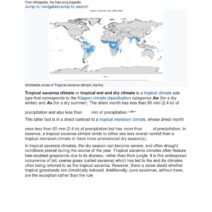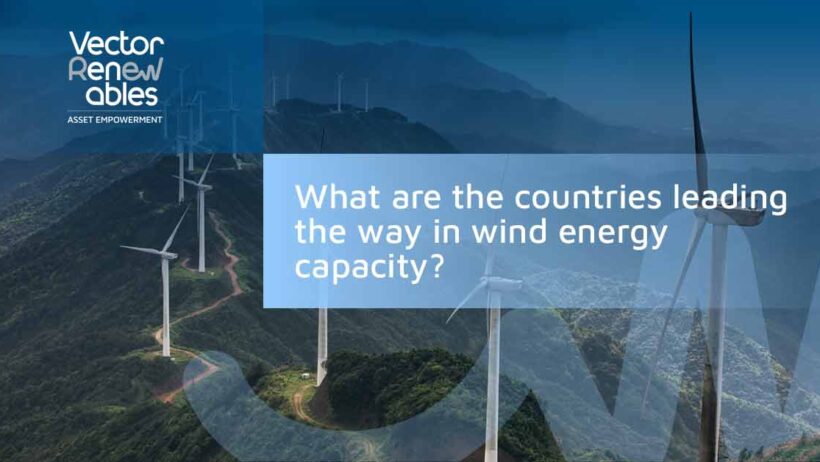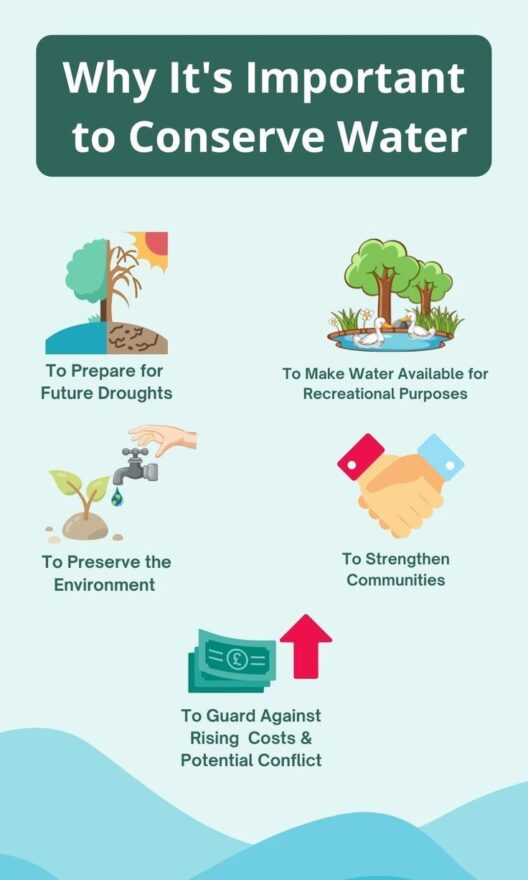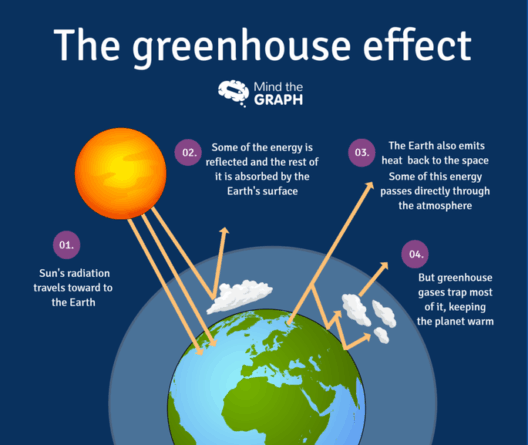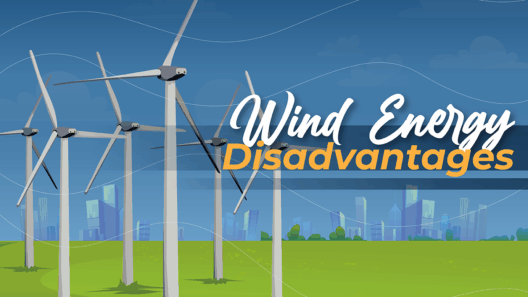Wind energy has emerged as one of the most promising renewable resources on the global stage. Its utilization has garnered attention not just for its environmental benefits, but also for the potential to revolutionize energy production and consumption. Across the globe, several countries and sectors have embraced wind power, shifting the paradigm of traditional energy reliance. This article delves into the leading countries and sectors utilizing wind energy, highlighting their innovative approaches and the implications for the future.
Understanding which nations harness wind energy the most effectively provides a glimpse into the future of sustainable energy. These countries are pioneers, often reaping the benefits of their investments in wind technologies, infrastructure, and policies geared toward clean energy transformation.
The Vanguard of Wind Energy: Countries Leading the Charge
The geography of wind energy utilization is fascinating, as it illustrates a blend of technological advancement, governmental policy, and societal commitment to sustainability. Several nations stand out as leaders in this endeavor.
Denmark, a small Scandinavian nation, has been at the forefront of wind energy for decades. With more than 40% of its electricity generated from wind turbines, Denmark’s commitment is evident. The nation has made significant investments in both onshore and offshore wind farms. Its ambitious goals aim to attain 50% of its energy from renewable sources by 2030, showcasing an exemplary commitment to reducing carbon emissions and fostering sustainable development.
Germany follows closely, with an impressive array of wind farms, both on land and at sea. The country is known for its Energiewende (energy transition) policy that promotes the shift from fossil fuels to renewable energy. By employing cutting-edge technology and robust government incentives, Germany aims to produce 65% of its electricity from renewable sources by 2030. This extensive investment in wind energy not only bolsters the economy but also enhances energy security.
China has exploded onto the scene as a global heavyweight in wind energy. With the largest number of installed wind capacity worldwide, China’s commitment to wind power is part of a strategic shift away from coal dependency. The government has mobilized substantial resources, positioning China as a leader in both wind energy production and technology. This transition is crucial, given the nation’s significant pollution challenges and global climate obligations.
The United States also plays a vital role in the wind energy landscape, particularly in states like Texas and Iowa, where vast expanses of land facilitate large wind farms. The U.S. has an established wind industry that benefits from a combination of federal tax incentives and state mandates, propelling its growth impressively in recent years. As this sector continues to expand, the implications for job creation and economic development are profound.
Emerging Players: Countries on the Rise
As wind energy continues to gain momentum, several countries are making significant strides in harnessing this resource. Spain, India, and the United Kingdom are noteworthy examples of nations enhancing their wind energy portfolios.
Spain boasts an impressive wind energy infrastructure, consistently ranking among the top producers in Europe. The country has successfully integrated wind power into its energy mix, demonstrating a productive approach toward energy transition. With government policies that support renewable energy and a growing focus on sustainability, Spain is poised to retain and enhance its status as a leader in wind energy.
India’s commitment to renewable energy is increasingly spotlighted with ambitious targets, including a goal of achieving 60 GW of wind power capacity by 2022. The country’s geographical diversity offers significant potential for wind energy development, leading to innovative solutions tailored to local contexts. This growth not only drives energy independence but also creates job opportunities in areas often left behind in traditional energy sectors.
The United Kingdom is transitioning towards a cleaner energy system, driven largely by wind power. Offshore wind installations in particular have gained traction, with the government investing in advanced technologies to maximize energy production. The UK’s commitment to phasing out coal and embracing renewables positions it as a formidable player in the global wind energy arena.
Sectoral Usage: Wind Energy Across Industries
Wind energy does not merely belong in the domain of power generation; its utilization spans various sectors, reflecting its versatility and adaptability.
In the electric utility sector, wind power has increasingly become a cornerstone of energy strategies. Utilities are turning to renewable sources to meet regulatory requirements and public demand for clean energy alternatives. Corporate commitment to sustainability has further precipitated the adoption of wind energy—companies seeking to meet ESG (Environmental, Social, and Governance) criteria often invest in renewable energy sources.
The transportation sector is realizing the immense potential of wind energy as well. Through innovations in electric vehicles (EVs), clean electricity generated from wind is helping reduce reliance on fossil fuels. The synergy of wind and electric transportation captures the essence of a sustainable future where energy and mobility coexist harmoniously.
Agricultural sectors are also adopting wind energy, recognizing its benefits beyond just powering their operations. Farms equipped with wind turbines can generate their own electricity, reducing costs and promoting energy autonomy. Through such integrations, agriculture and renewable energy can create synergies that enhance rural economies and drive community development.
Conclusion: A Future Powered by Wind
The transition to wind energy is not merely a trend; it represents a seismic shift in how nations and industries perceive and utilize energy resources. The countries that lead in wind energy exemplify foresight, innovation, and a commitment to sustainable practices. As technology advances and societal awareness evolves, the promise of wind energy heralds a new era—one that envisions a world not just dependent on renewable sources, but thriving upon them. The implications of these transitions extend far beyond energy, offering a glimpse into a future characterized by environmental stewardship and sustainable growth.
